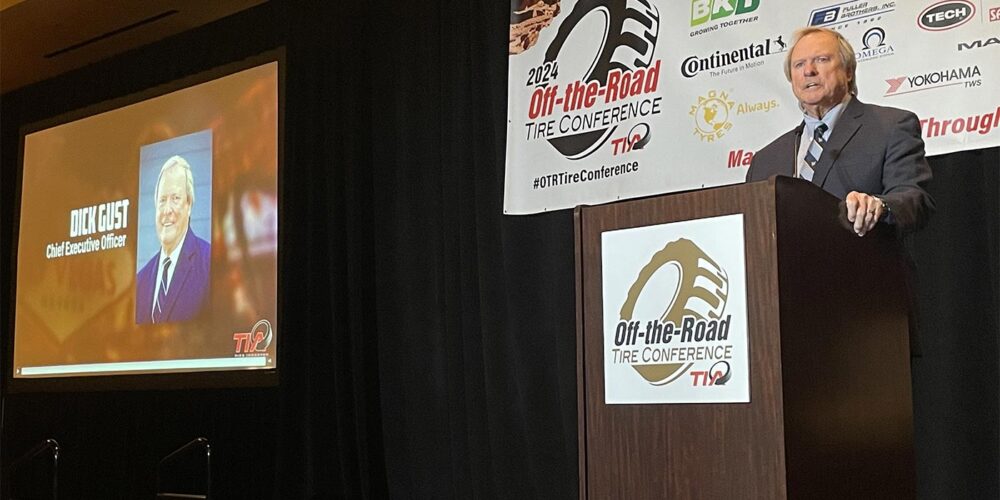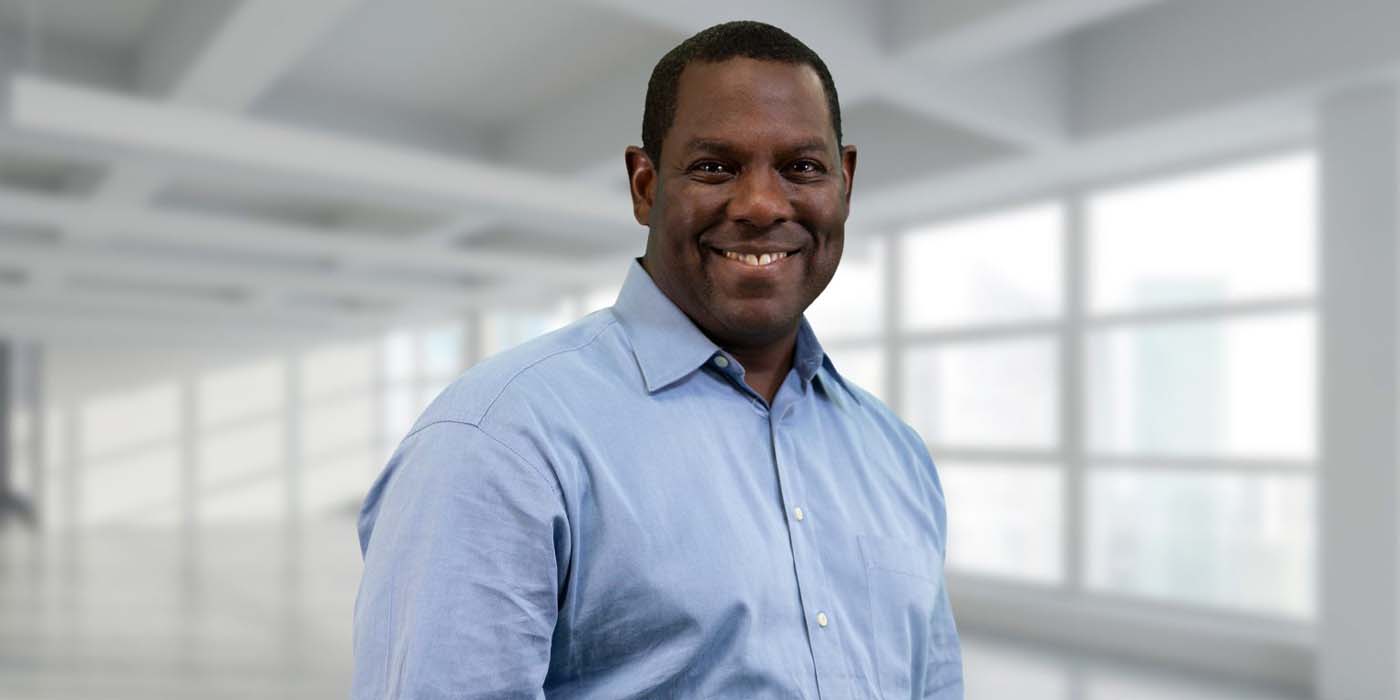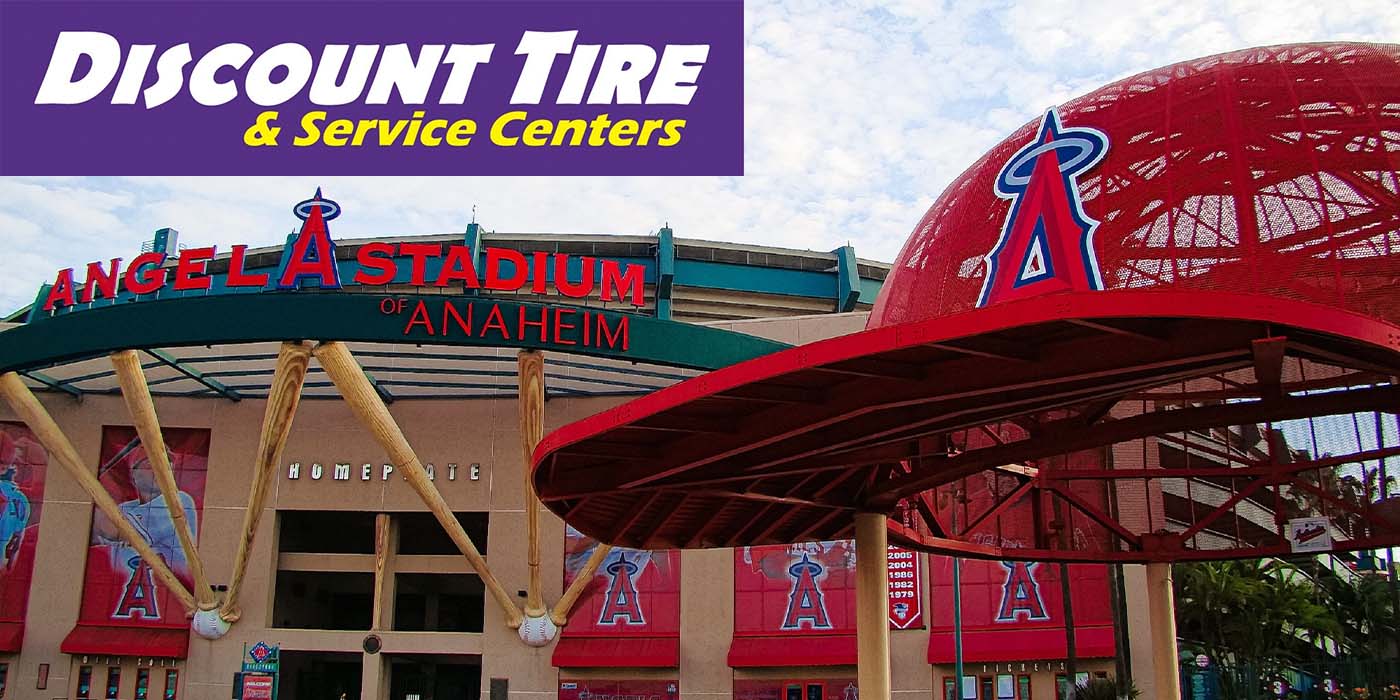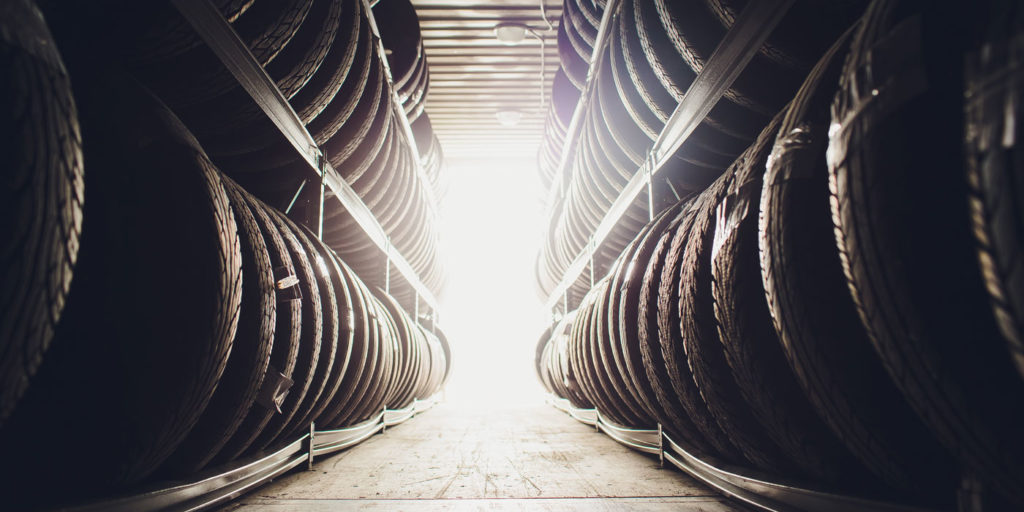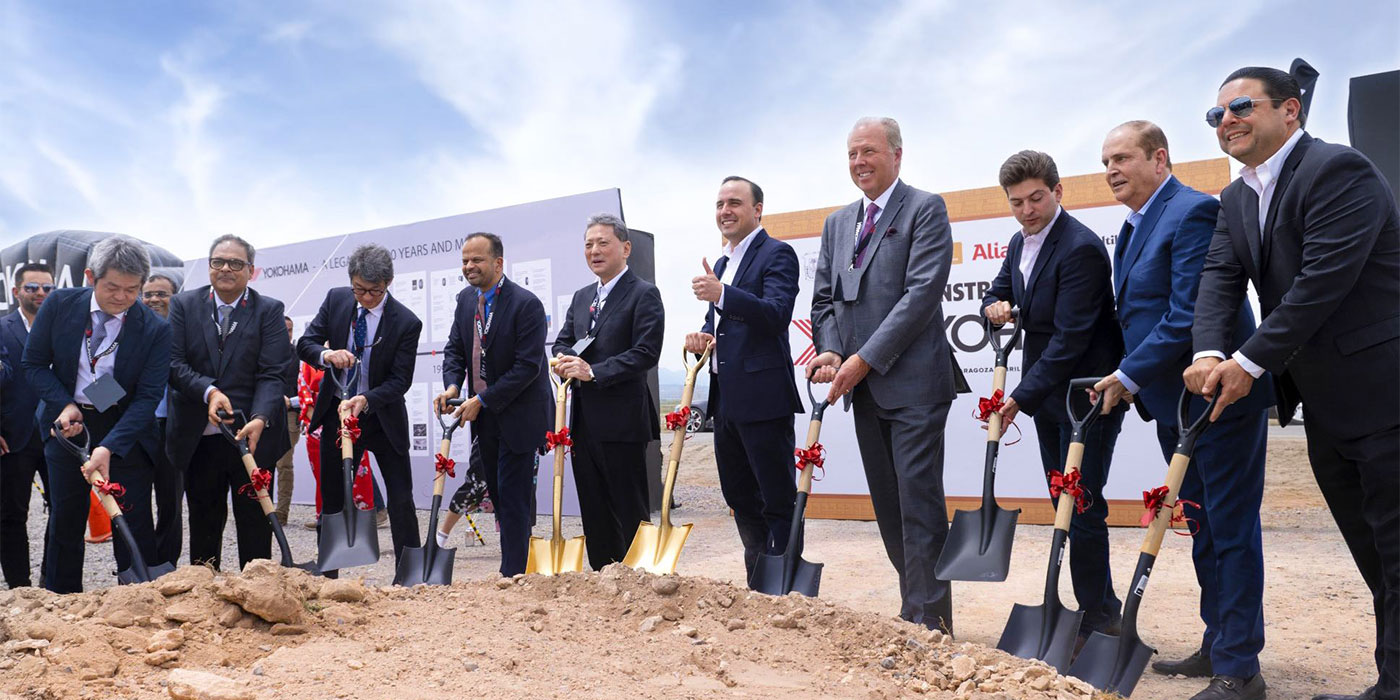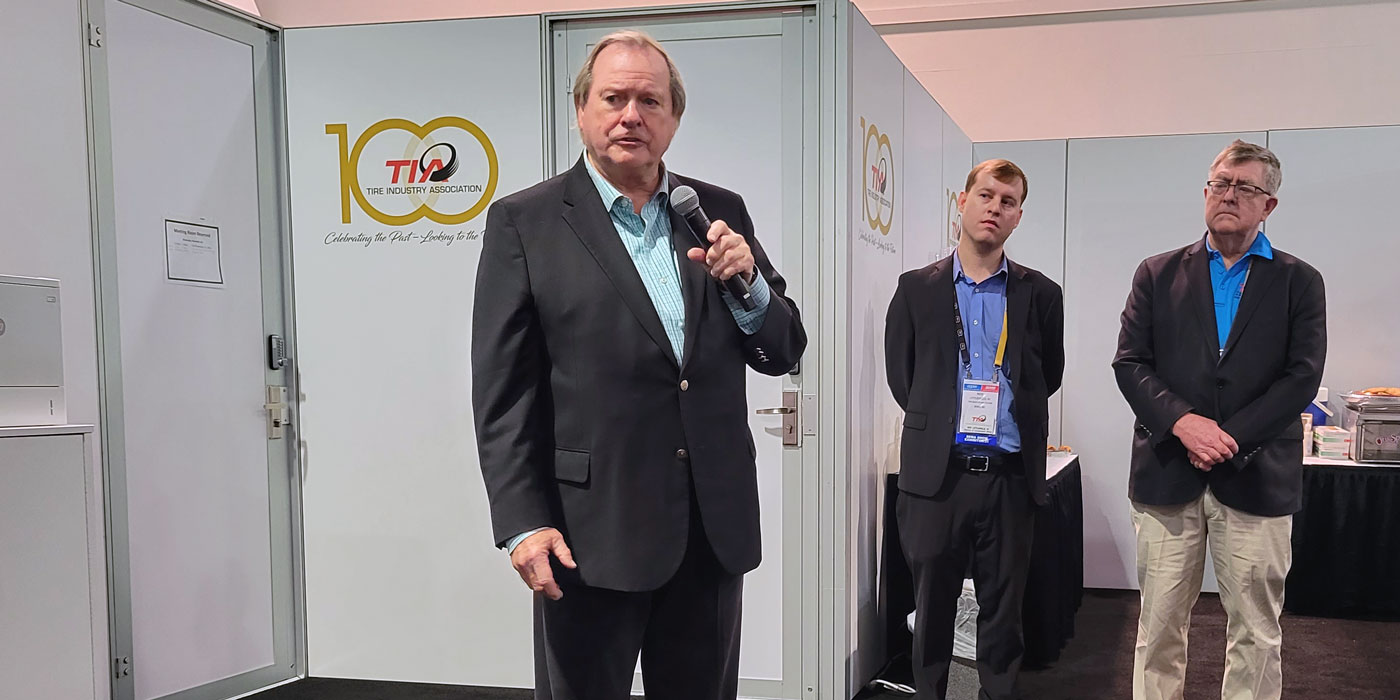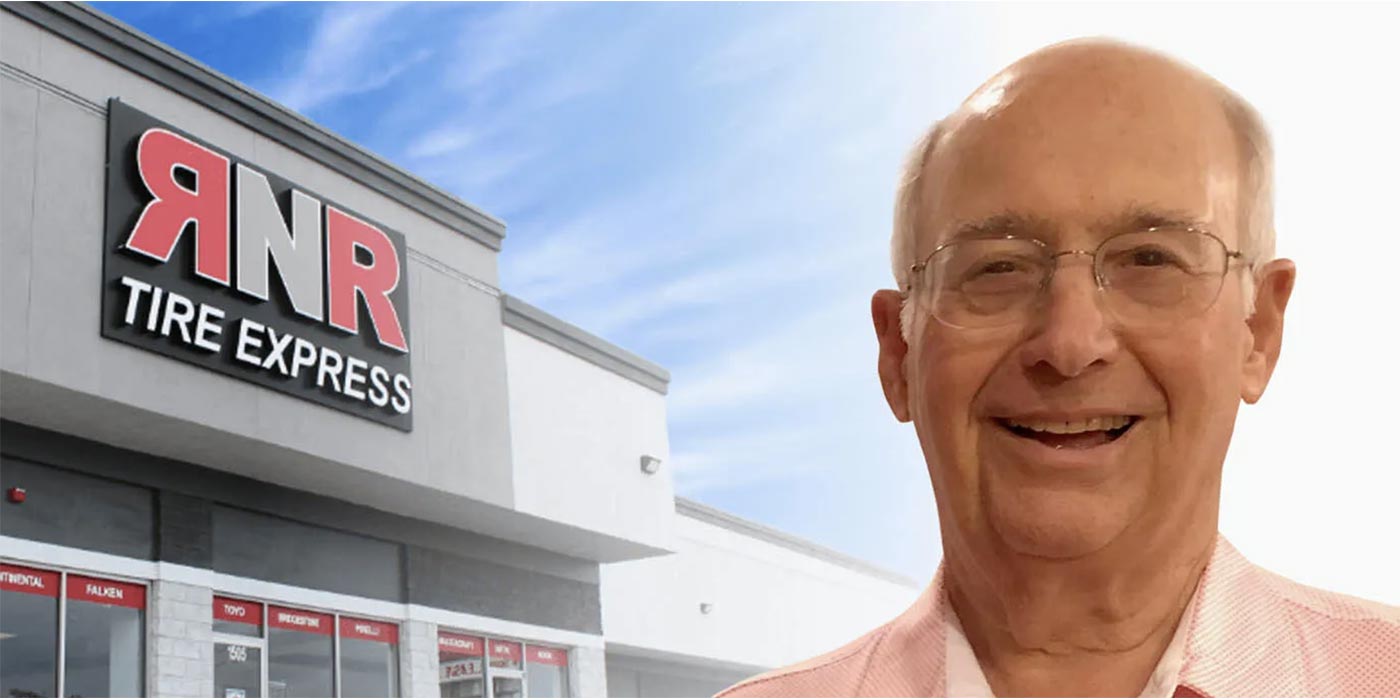This year’s 69th OTR Tire Conference, hosted by the Tire Industry Association (TIA), brought OTR industry representatives and delegates together to discuss topics relative to the OTR industry, including an emphasis on “maximizing growth” through training, industry insights and professional development. The conference was held in Las Vegas, NV from Feb. 21-24.
Guests gathered at the Red Rock Casino and Spa and participated in daily sessions and mix-and-mingle events featuring tabletop viewing displays, a golf tournament, a bowling tournament and a hike in the Red Rock National Park.
Dick Gust, TIA’s chief executive officer, kicked off the conference and raved about this year’s record attendance.
“We have over 500 registered participants from 38 states and 14 countries, with 20% being first-time attendees, which is remarkable,” Gust said. “We also have 19% who have joined us for over a decade, and this marks our largest delicate attendance to date.”
John Sheerin, director of end-of-life tire programs at USTMA, announced the formation of the Tire Recycling Foundation, a collaborative initiative aimed at fostering sustainable and circular market solutions for end-of-life tires. He said the foundation’s mission is to promote sustainable scrap tire solutions through research, developing new technologies and strengthening collaboration in the tire industry.
“In 2021, the industry held a three-day listening session with more than 40 stakeholders focused on the topic of end-of-life tire management,” Sheerin explained. “The overarching goal was to get feedback for effective ways to manage and grow tire recycling markets. A top recommendation was the development of a foundation that would increase collaboration across the value chain and develop and implement the most effective programs to grow markets for tire-derived material. And here we are, three years later, forming the Tire Recycling Foundation and its board of directors.”
TIA President Keith Jarman then introduced a new award from TIA honoring the late Marvin Bozarth, a past managing director of the American Retreaders Association (ARA) and executive director of the International Tire & Rubber Association (ITRA). The award, ETS Technician of the Year, will be given to its inaugural recipient at next year’s OTR conference.
“The winner will receive the rock star treatment they so richly deserve,” Jarman said. “TIA will cover their registration, hotel accommodations, travel expenses and taxes, flying them and a guest to the 2025 OTR Tire Conference.”
He also announced the location of next year’s OTR Tire Conference, which will be held in Puerto Rico, taking place from Feb. 19-22 at the Sheraton Hotel in San Juan.
Maximizing growth through training
Kevin Rohlwing, TIA’s chief technical officer, welcomed a panel of OTR industry experts on stage to discuss the benefits, applications, maintenance and considerations related to tire protection chains for heavy equipment applications. The conversation involved Al Atkinson, North America product manager for the TPC division of Pewag Chain; Brian Cohn, president of OTRUSA.com, and Fatih Sedele, CEO of Las Zirh Tire Chains from Iran. The speakers provided insights, answered questions and shared experiences related to the use of tire chains.
Cohn talked about the importance of tire chains in enhancing on-site work safety, productivity and cost-effectiveness. He said tire chains improve traction and reduce slipping, ultimately leading to higher productivity.
“By keeping a uniform workplace with the chains, you’re keeping your workspace as flat as possible,” Cohn explained. “Chains enhance traction, maximize equipment availability, improve stability and improve penetration for digging and breakouts. When the chain’s on there, you’re not going to have a driver hit a pile or any kind of material, they’re going to be moving slowly and productively.”
Sedele stressed the importance of operational safety and choosing the right tire chain model based on tire size and application.
“When the chain is too short because of the tire’s condition or the tire’s brand or pattern, you can easily add an extension section or two with either a link or a ring kit,” he said. “Chain size goes anywhere from 11 mm. to 22 mm., so it’s important to have the right size for your application.”
Atkinson discussed the tire chain process from inspection before chain installation, maintenance, adjustment with tire wear and the impact on equipment performance.
“When it comes to inspections and maintenance, operators getting ready to get in a loader are supposed to do a walk around and inspect the machine. So at the same time they’re doing that walk around going through their inspection process, they can also take a look at the chains and see if there are any broken components in there,” Atkinson said.
The speakers also addressed audience questions on topics like fuel consumption, weight, maintenance intervals, warranty issues and compatibility with different tire designs.
As a follow-up to that panel, Matt White, TIA’s director of off-road tire service, joined the conference via live stream from CMC Tire in North Vegas to demonstrate installing tire protection chains.
“If you know anything about me, I like to tackle things that people don’t want to bring up,” White said. “One of the most dangerous things that isn’t talked about enough is putting a set of chains on. Even though this is done mainly by mechanics, tire guys do it too. I wanted to bring all the people in from that panel because I want to develop a safety program. It’s our tire technician’s lives at stake and it’s my job to keep people safe.”
He said he hoped the live demonstration would raise awareness and potentially help with funding for an EPS program on chain installation.
The final session of the first day revolved around tire service accidents throughout the last couple of years. Rohlwing came back on stage joined by Jeff Faubion, compliance specialist of Bridgestone Americas; Roy Galyer, training manager of Klinge; and Russ Devens, director of safety and risk management of McCarthy Tire Service.
The panelists addressed safety protocols, training methodologies and cultural influences within the industry that may affect technician safety. 2023 fatalities within the tire industry included four vehicles falling off jacks and four assembly failures, all things the panel said could have been avoided.
“[These incidents] are an indication that the people out there doing these jobs are, for whatever reason, taking shortcuts,” Galyer said. “The word ‘accident’ should not be used here. An accident implies that it was an unavoidable event. These are incidences caused by a lack of process. These are incidents caused by people knowing the right way to do it and choosing not to or not being trained to know how to do it in the first place. Whatever they are, they’re not done by accident.”
Industry insight
David Stevens, managing director at Tire Retreading and Repair Information Bureau (TRIB), introduced five panelists for the final session of the conference to discuss all things retreading. The panel included James John, president of Shrader Retreading; Michael Berra, president of Community Tire Retreading; Rusty Hatten, operations/sales of H&H Industries; Dr. Darryl Moore, director of remanufacturing and sustainability at Kal Tire; and Mike Jacobsen, VP of manufacturing at Purcell Tire.
Stevens said TRIB has generally been on the defensive over the last 50 years when it comes to promoting and defending tire retreading and repair. However, with sustainability efforts on the rise, TRIB is recently taking a more offensive approach.
“We’ve played a lot of defense at TRIB, meaning we were focused on legislation, tax issues, regulatory issues and negative press,” Stevens continued, “However, in the last five or six years, I’ve seen that shift. We’re going in on the offensive. Now we’re talking about sustainability, the benefits of retreading and the cost savings that come with those. All of it is becoming increasingly important to the entire OTR industry.”
Each panelist detailed different steps in the OTR retreading process. John began by talking about initial casing selection and inspection. He said the process is nothing if not labor-intensive – from pickup and delivery to inspection. He also went over the manual inspection process to check for injuries and determine the retreadability of a tire.
“Once the tire is cleaned out, it’s moved into the inspection area, this is all done by hand,” he said. “You can do them with probes or flashlights, but you’re looking for any sidewall damage, liner damage, speed damage, tread damage, impact brakes, or anything that would’ve caused this tire to come out of service.”
Berra discussed shearography, a test method originally developed for the aircraft tire industry that can detect damage or defects that can be identified on components under a load. He said the machine works by taking images of a tire in both relaxed and stressed states to identify any anomalies that may indicate separations or fractures not visible during visual inspections.
“It’s sort of like an MRI for a tire,” he said. “We’re looking for predominantly separations, fractures, or things that you can’t see on the visual inspection.”
Dr. Moore talked about the purpose of buffing, which serves a dual function: preparing the tire for the application of new rubber and identifying any hidden injuries that may require repair. He said buffing also has sustainability benefits, detailing how removed tread and other materials are captured and recycled.
Jacobson added to the buffing process discussion, stressing the importance of maintaining texture and cleanliness on the tire post-buffing to prevent oxidation. He said there’s a meticulous process to prepare a tire casing for retreads, which may include sealing off oxidation and manually filling holes with rubber strips.
Hatten echoed Jacobson, claiming there may be nothing more significant in the entire retread process than being detail-oriented. He highlighted the importance of precise measurements throughout the retreading process, particularly during the buffing, building and cutting stages.
He continued to strip line process, which involves applying a strip of rubber onto the tire casing, using what many in the industry refer to as “builders.”
“Measurements are so important for our builder operators who check the diameter as well as the width of the tires to make sure they are inspected with what that profile calls for,” he said.
Hatten wrapped up by outlining the final inspection process for retreaded tires, which he said involves several detailed steps.
“After the tires get done turning, they go to our dressing stations to the mushroom wheels, which fix discrepancies in the sidewalls to make sure the tire goes out as uniform as it came in,” he said. “After we get done dressing the tire, our quality assurance team takes over and performs visual inspections both inside and outside of the tires. We’re also going to check the tread depth 360 degrees to make sure we didn’t cut too shallow somewhere or too deep. Then, right before it goes out, we paint the tire.”

